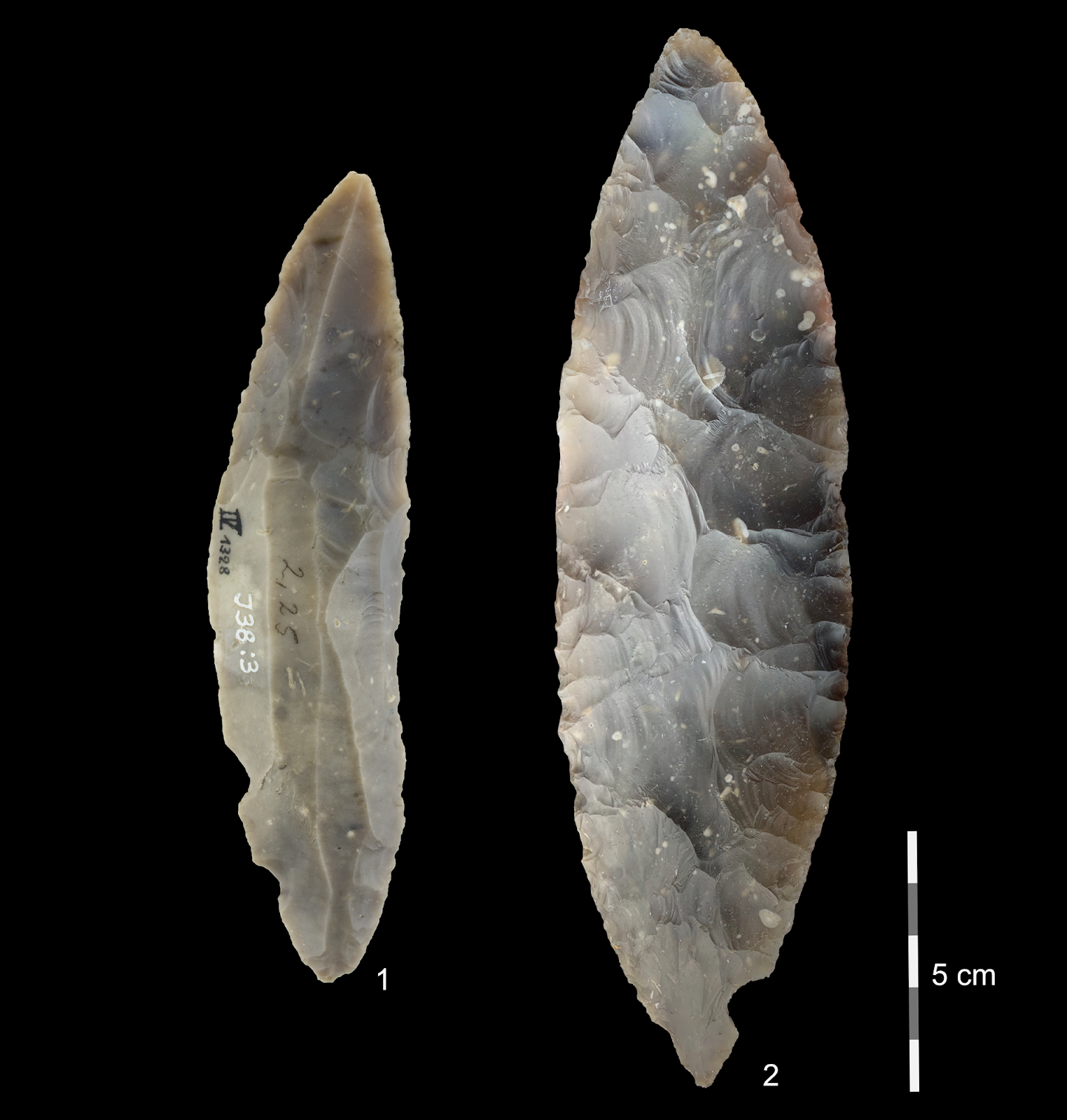
The Megalodon may have neem slimmer but longer than this illustration shows.
Catmando/Shutterstock
The Megalodon was less mega than previously believed | News
A scientific principle that creationists seem to find baffling, is based on the intellectually honest position that opinion must be guided by evidence. It is that scientific opinion is always provisional and subject to change if the evidence changes, so evidence is frequently re-examined and reassesses, and scientific opinion is adjusted accordingly. This is why science textbooks are revised periodically and new editions produced, incorporating the newer thinking,
A simple analogy is that of driving to an airport to catch an important flight. You might check the expected driving time by checking in an old route planner from the 1950's, which might tell you the journey, in the days before traffic congestion, would take about 90 minutes, then you might check a few days before the flight, using an online route planner and learn that the journey will take about 2 hours at that time of day.
Do you just regard the 1950's version as an indisputable fact and plan your journey accordingly? How about the one a few days ago? No! A sensible person, regards both those as provisional pending more up-to-date information, and checks again on the day, when they might discover that there is a road closure and a diversion in place, or there is a serious incident on the motorway, reducing the traffic to a slow crawl for 20 miles, so the journey will now take 3 hours. Was the first estimate wrong? Which is the best estimate to go with now? The old ones based on information available at that time, which might have caused you to miss your flight, or the new one based on updated information?
On that analogy, creationists are in the position of using information not from the 1950s, but from the Bronze Age, some of it from a time before even the wheel was invented, let alone air-transport, motor cars or motorways!
In 2022, based on very scant information (a tooth and some vertebrae), a
team of researchers estimated the size of an extinct shark, the megalodon (big tooth) shark,
Otodus megalodon, to be at least 50 feet long, and possibly as much as 65 feet. This was based in the assumption that
O. megalodon was like a scaled up great white shark,
Carcharodon carcharias, so its dimensions could be estimated by comparing what they had with those of
C. carcharias.
Now a team or researchers co-led by biologist, Phillip Sternes of the University of California Riverside (UCR), and DePaul University paleobiology, Professor Kenshu Shimada, have reassessed the evidence and concludes that
O. megalodon was slimmer than the great white but probably considerably longer than the earlier estimate. This greater length would probably have meant a more efficient digestive system having longer to digest food and extract nutrients from it, so its hunting and predation would have had less impact on the ecosystem than first thought. It would still have been an apex predator but maybe not as voracious as first thought.
Their research is published in the journal
Palaeontologia Electronica, an explained in a UCR news release:


































